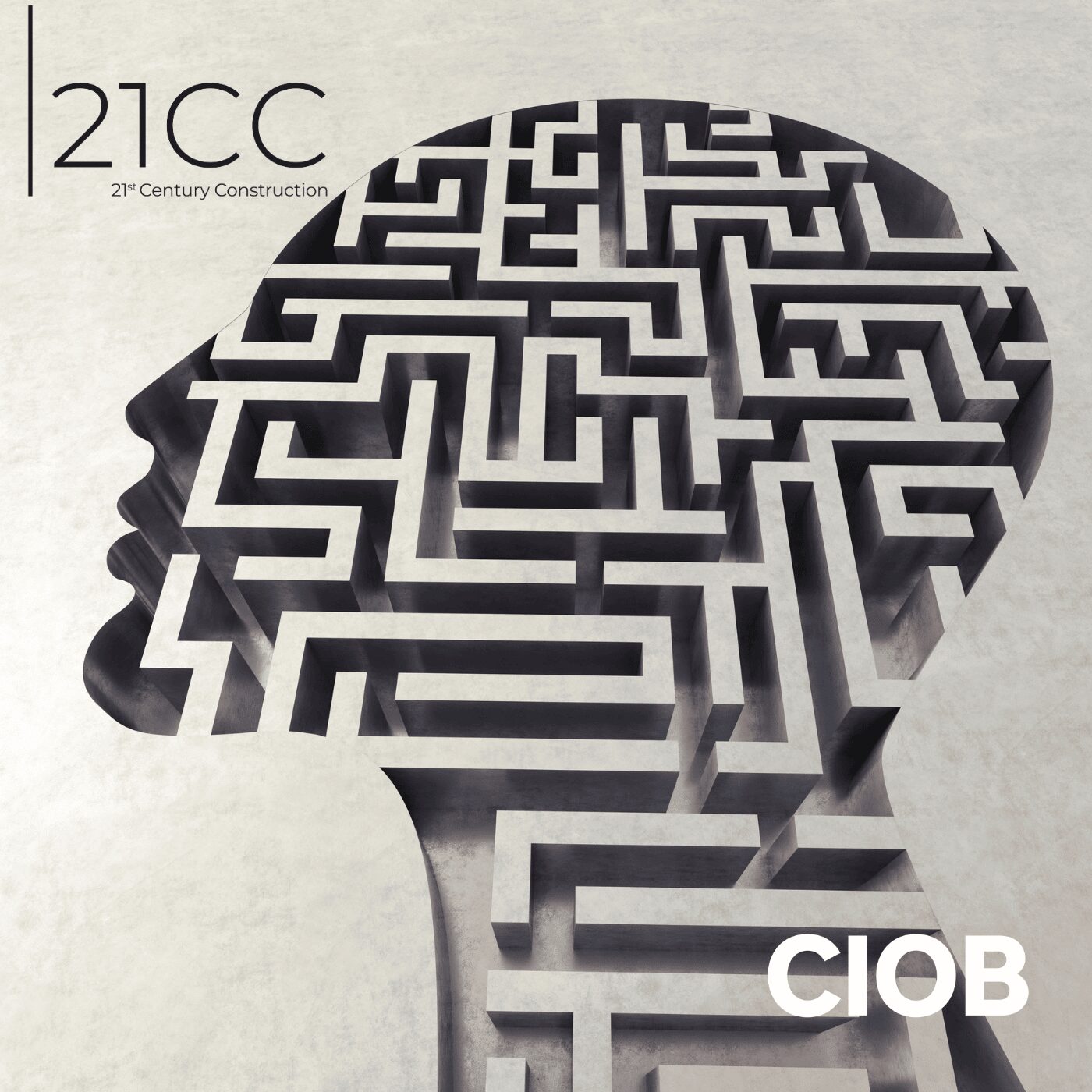Is the ‘BIM’ word passe? Certainly not, say longstanding BIM champions and frequent contributors to CM and BIM+ John Adams and Dan Rossiter.
While our industry is striving towards collaborative working and better information management processes, something strange has happened – Building Information Modelling (BIM) has become something of an unfashionable word.
There is a growing number of professionals within our industry waving the flag of an anti-BIM movement. This is because the once dominant and revolutionary buzzword has grown to mean so much it can mean almost nothing at times in the eyes of some.
However, not everyone is in a rush to leave this acronym behind. We would argue that BIM needs to keep its place in the construction lexicon to support our journey to the digital industry we know we must evolve into.
John Adams – Director of BIM Strategy

Whilst I share the frustration of many that BIM has become the byword for anything digital in our industry within certain circles, I believe the rush away from the term only serves to benefit a tiny fraction of our industry while abandoning a huge majority who are nowhere near using BIM Level 2 as part of their day-to-day work.
Removing the headline act of nearly a decade of constant publications, events and investment is akin to pulling up the ladder on the BIM treehouse – if you’re not in already you’re no longer welcome.
The construction industry has a long and deep supply chain and many businesses I meet are only just becoming aware that BIM is something to do with 3D models. Those already in the treehouse know it’s more about process than it is about models, but there are literally millions of people who work in our industry who don’t know this, and redefining the rules of the game will without doubt make the UK BIM Alliance’s work to make BIM business as usual by 2020 even more ambitious than it already is.
Rather than looking for a new tagline for our conferences and leading-edge working groups, we need to reclaim BIM, and turn up the volume on the consistent messages we’ve refined over the last few years.
BIM Level 2 is well defined, deliverable and doesn’t need to involve replacing all of your IT kit and employing a whizz kid who can use a highly specific piece of software. Everyone in the know should be telling their contacts to visit the official website for BIM Level 2 (www.bim-level2.org), and explaining the business value of starting their journey to a digitally collaborative way of working.
We’ve got a lot of people to educate and engage, and BIM has been one of the most successful verbal hooks we’ve invented since CAD or CDM. BIM is our word and it’s brilliant, and at a time where DE, VDC, IPD, AI, IoT and many others are emerging, BIM needs our help to reinforce its meaning and relevance on the digital journey we’re all on together.
Dan Rossiter – Senior BIM communicator, BRE

When we discuss our (special) relationship with America it is often said that we are divided by a common language. However, you don’t need to go across the pond to see this level of division. It might be what you call a bread bap, local youths, or even BIM.
Recently there has been a lot of negative press around the use of this three-letter acronym. Many call it too broad, undefined, or not fit for purpose. To those people I say you are wrong.
BIM in the UK has always been about one thing: improving how information is managed to inform decisions, reduce risk and deliver better assets. This can be seen clearly by checking the introduction to PAS 1192-2 which gives the “fundamentals of BIM Level 2”.
In brief: Own what you produce and reference the work of others, define requirements, assess the supply chain, provide a platform to share information, agree methods, follow those methods, deliver digital outputs. That’s it. None of this digital engineering, smart cities, drones, photo telemetry, real-time analytics, Internet of Things, or generative design. Just good old-fashioned quality assurance. Even at ISO, the preferred BIM definition is simply using digital information to make better decisions:
“Building Information Modelling (BIM): use of a shared digital representation of a built object (including buildings, bridges, roads, process plants, etc.) to facilitate design, construction and operation processes to form a reliable basis for decisions. ISO 29481-1.”
Don’t get me wrong, there is a world much bigger than BIM out there; it is only a small piece of our larger digital puzzle. The UK’s Digital Built Britain Strategy encompasses BIM as well as the other digital facets to facilitate the UK in making “fully computerised construction the norm”. Each facet has its own role to play.
As convenor of terminology at ISO regarding construction information, I have two roles when it comes to terms and definitions: Help define new terms and prevent synonyms from appearing.
If we are just going to replace BIM with another term then we are not going to learn from our mistakes and all we will achieve is poisoning the next well.
However, if we instead embrace BIM as a term that is limited to its original purpose, then we can draw a clear distinction and focus less on what we call it, and more on how we deliver it.
Conclusion
When “millennials” was first coined there was a battle to name it, which took years to resolve. A myriad of names were suggested – Generation Y, the MTV Generation, Echo Boomers. A similar concept is being reflected in digital construction currently. Be it communities, institutions, or individuals, there is a value attached to being the one who defines our future. However, there is a real risk of throwing the baby out with the bathwater in doing so when it comes to BIM.
BIM is the foundation of our digital change movement. Without it, our shift to a digitally built Britain, and our ability to lead global digital adoption will be lacking a fundamental element to success – a defined structure.
The sooner construction puts BIM back in its rightful place as one of the most clearly defined and adoptable change agents today, we may be able to put the race to name it to bed, and really start taking advantage of BIM.
Image: Profitimage/Dreamstime














